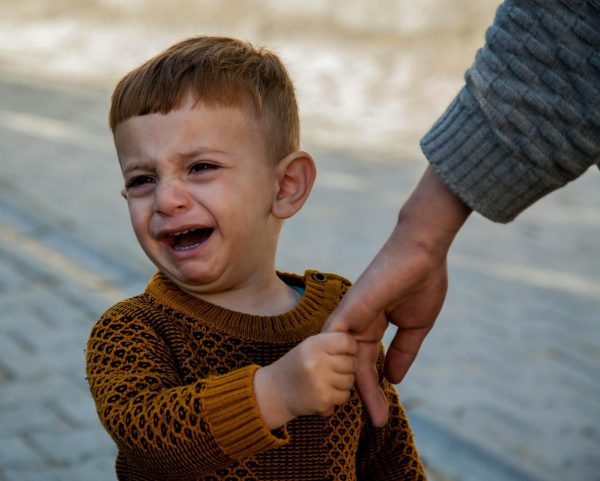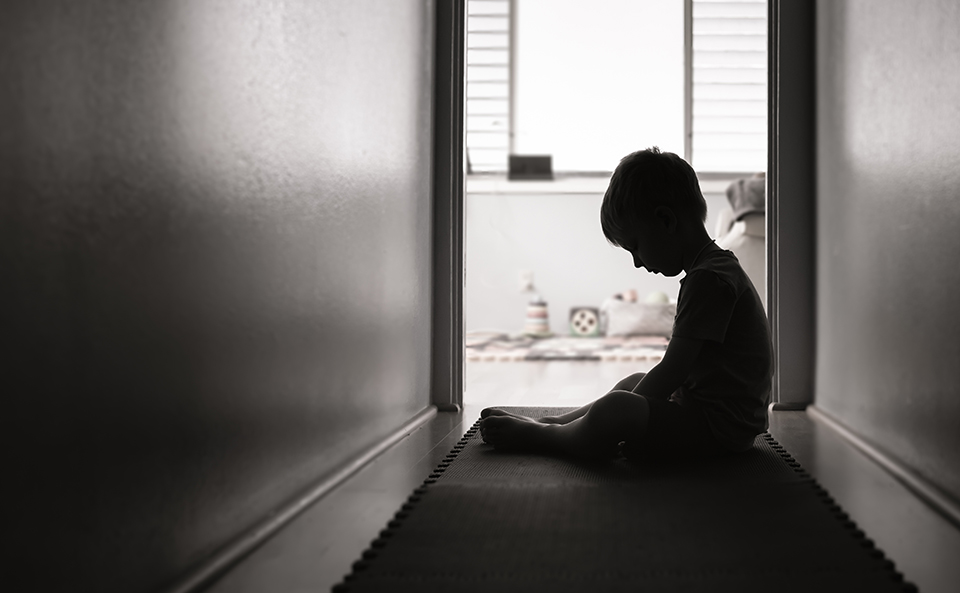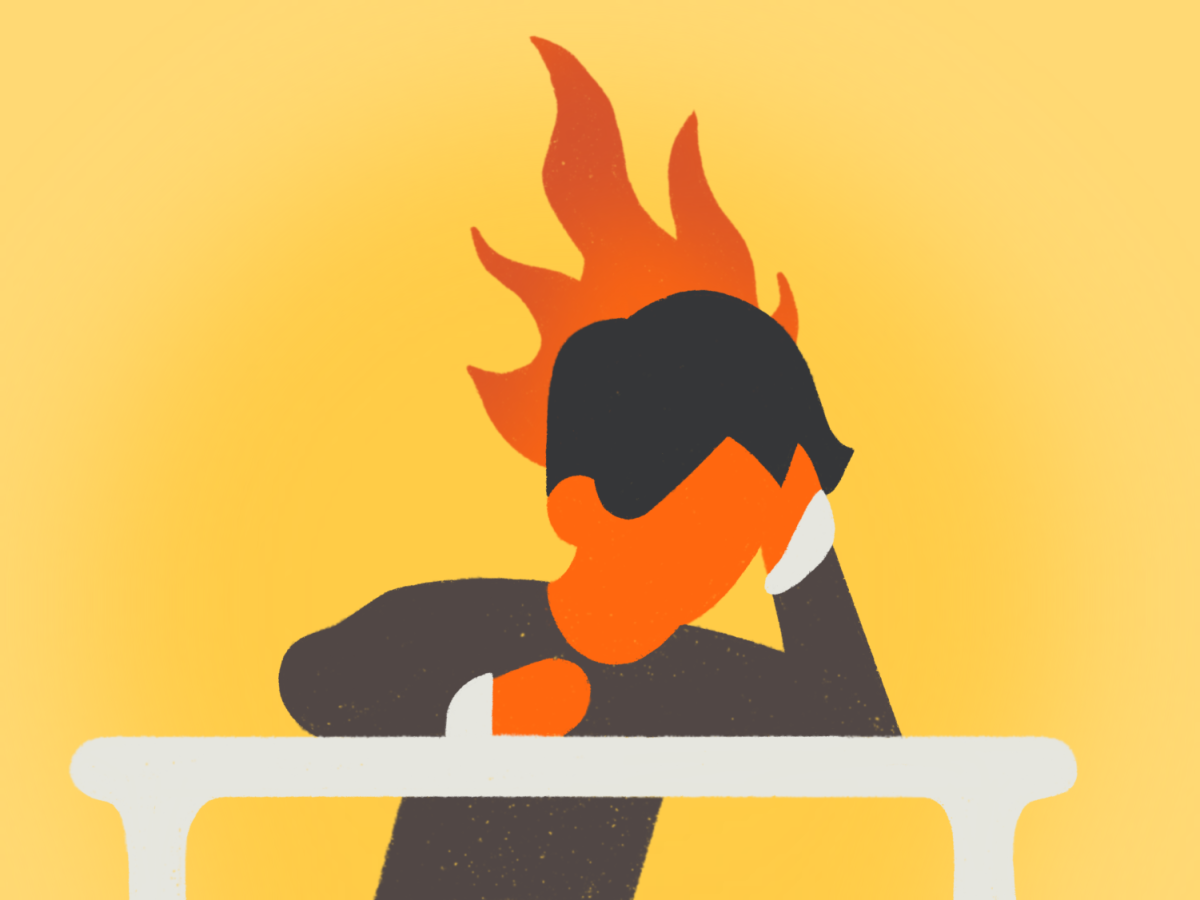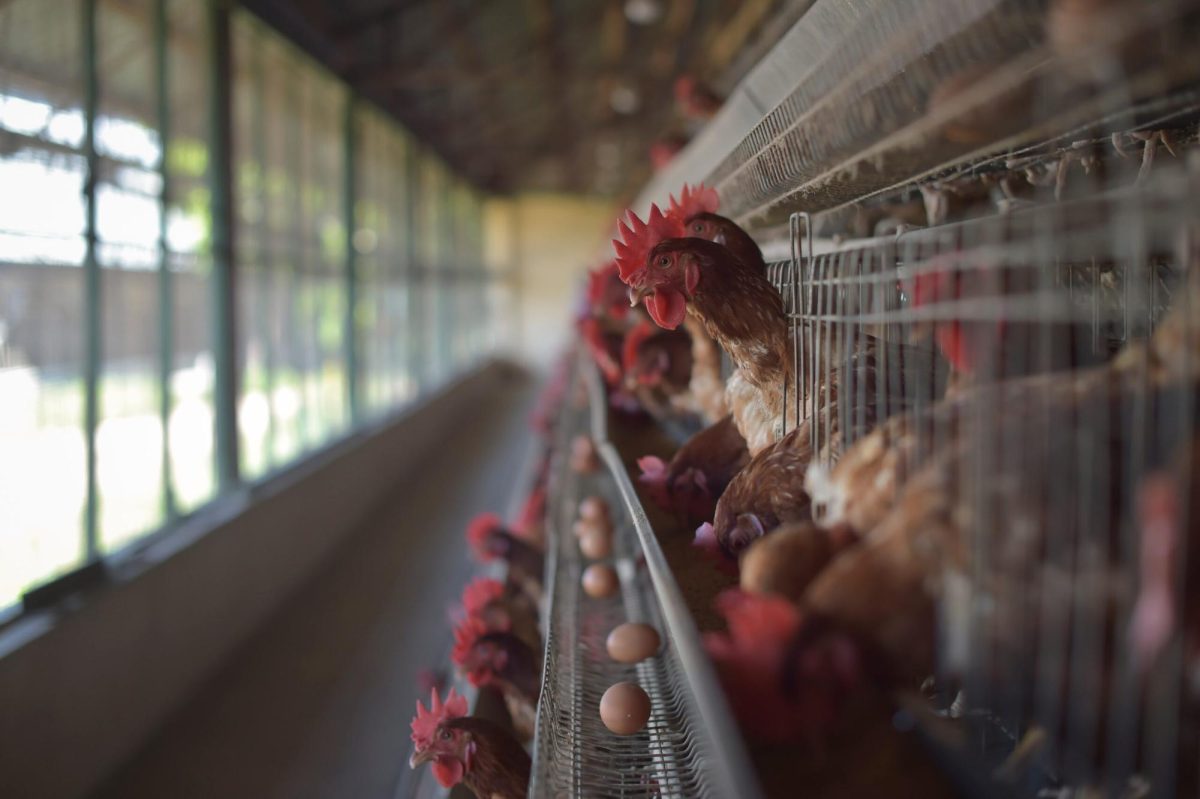Psychological Maltreatment
The saying “Psychological Maltreatment”, otherwise known as Emotional Maltreatment, is often associated with trauma and traumatic events, but that is not always the case. Unfortunately, the term “Psychological Maltreatment” does not have a definitive definition, and there has been limited research on the topic until recent years. Although, Psychological Maltreatment, is often classified as an intentional or unintentional act on a child that results in harm to a child’s well-being.
Identifying Psychological Maltreatment is not only difficult, but it’s also invasive. Unlike other trauma, Psychological Maltreatment is not classified by many individual traumatic events between a caregiver and child, but is instead classified as the type of relationship a caregiver and child had. For a psychiatrist to fully understand the relationship dynamic between the pair is laborious. Often, children themselves do not fully understand the relationship, or they don’t understand that the relationship is harmful; therefore, they can not thoroughly explain the relationship dynamic. According to The American Academy of Pediatrics, Psychological Maltreatment is possibly one of the most unreported signs of abuse.
The AAP explains that there are six main types of psychological abuse behaviors a caregiver can demonstrate. They include spurning (hateful rejection), terrorizing, isolating, exploiting/corrupting, denying emotional responsiveness, and mental health/medical/educational neglect. If a caregiver is often showing signs of these abusive behaviors, then they may be psychologically maltreating children.

Caregivers and Unintentional Emotional Trauma
Whether it’s a family member’s passing, intergenerational trauma, or abuse, almost everyone holds some sort of trauma. If unresolved, trauma is shown through a person’s personality and parenting style.
Often, a person’s caregiving method depends on their childhood and parents. If the person had a good relationship with their parents, their parenting is similar. If a person had a bad relationship with their parents, their parenting is quite different. Similarly, certain types of trauma can influence a person’s way of discipline. The National Library of Medicine explains how women who experience physical abuse are likely to act similarly to their children, while women who experience sexual abuse are likely to act uninvolved in their child’s life. This can lead to unhealthy parenting styles like “Authoritarian Parenting”, “Uninvolved Parenting”, and “Permissive Parenting”.
Authoritarian parents are less nurturing, harsher, and more demanding of their children. These parents often have high expectations, and their children are harshly disciplined if a certain goal is not met or a rule is broken. The resulting children are often high achievers, but they might develop aggression issues and self-esteem issues.
Uninvolved parents are unresponsive to their children. Although the child’s basic needs might be met, they rarely experience any disciplinary action. These parents often have limited rules or regulations for their children. The resulting children frequently have emotional regulation problems, and face academic problems.
Permissive parents are more nurturing, but they hold low expectations for their children. Parents do not enforce many rules, but they allow the children to explore life themselves. The parent-child relationship is similar to a friendship. Due to the lack of rules, children often develop negative habits and self-centeredness.

Many parents might not realize the harm they are doing. Parents justify their actions with linear thinking. They might believe the common saying “This is how my parents treated me, and I turned out fine”. If a caregiver had an unhealthy relationship with their parent, they will want to have the opposite discipline style. They have the belief their children will end up better regardless if the discipline style is good or not. This could lead to unhealthy child-parent relationships and Psychological Maltreatment.
Passing On Behavioral Traits and Issues
Childhood trauma is uniquely different than other forms of trauma. Early trauma is, generally, more impacting and longer lasting. Due to the trauma experienced, children do not learn healthy or normal coping mechanisms. This causes increased rates of mental illness like depression disorders, anxiety disorders, PTSD, personality disorders, and various others.
As mentioned before, discipline styles represent how a caregiver was treated when they were a child. Then those caregivers treat their child a certain way. This creates an almost inescapable loop, and it is known as intergenerational, generational, or multigenerational trauma. These traumas can be caused by unintentional and intentional trauma alike. Although not interchangeable, these terms are very similar. In essence, it refers to trauma that gets passed down due to war, abuse, poverty, cultural expectations, or systemic oppression. Children will grow up and pass this generational trauma on to their children.
Adolescence in Later Years
When traumatized children grow up into adults, they will face a lot of issues and adverse effects. Along with the mental health issues acquired during childhood, these adults are more likely to have behavioral issues, poorer education outcomes, unemployment, and substance use or abuse. Relationship problems are also prevalent in these adults. Over time, people develop 1 of the 4 attachment styles. Which attachment style you gain is heavily dependent on your childhood experiences. The 4 attachment types are, secure, anxious, avoidant, and disorganized.
Adults with a secure attachment style readily seek long and healthy relationships with others. They easily trust their partners, and they are emotionally open with them. Caregivers who constantly meet their child’s emotional and physical needs produce adults who have this attachment style.
Adults with an anxious attachment style are often seen as needy, clingy, or not trusting. They are filled with concern for their partners and family members, thinking that they will abandon them. These adults need constant and repetitive reassurance. Caregivers who do not meet the physical needs of their children produce adults who have this attachment style.
Adults with an avoidant attachment style are unlikely to be emotionally open with partners and friends. They tend to be reserved, self-reliant, and worrisome. Issues communicating are common as these adults are likely to not understand how to comfort their partner. Caregivers who do not support the emotional needs of their children produce adults who have this attachment style.
Adults with a disorganized attachment style usually have some sort of mental health disorder or personality disorder. Disorganised attachment styles are the most extreme style, but it’s rare to gain one. Like most, these adults crave close relationships, but they often push away once shown affection. They also show signs of both anxious and avoidant attachment styles. Children who had extremely traumatizing and rough childhoods grow up to have this attachment style.
Children who experience trauma, psychological maltreatment, or abuse are expected to gain an anxious, avoidant, or disorganized attachment style. This sets them up for a rough relationship life in the future. This can lead to even more issues concerning mental health.
Dealing With Traumatic Events
Overcoming childhood trauma and stopping generational trauma is difficult, but it is possible. It is important to remember that it’s normal for people to be sad, anxious, angry, irritable, or fearful because of trauma and past events. Prioritizing a person’s health and comfort is pivotal to overcoming trauma. Seeking help through family members and therapy could speed up this process. Only then can one stop generational trauma and return to normal life.
To stop generational trauma, one must first identify what upset them as a child. Whether it was a parent neglecting their emotional needs or a parent physically abusing them. Second, one must take preventative steps to avoid abusing their children. Approaching a child with understanding and patience would be a good step. It’s necessary to foster a good growing environment. Thirdly, one must teach their child to be understanding and patient towards others. This creates trust and empathy leading to a better future for everyone.
Sources:
https://publications.aap.org/pediatrics/article/130/2/372/29936/Psychological-Maltreatment?autologincheck=redirected
https://pubmed.ncbi.nlm.nih.gov/22848125/
https://www.nctsn.org/what-is-child-trauma/trauma-types/early-childhood-trauma/effects
https://www.apa.org/pi/families/resources/update.pdf
https://www.apa.org/news/press/releases/2020/08/experiencing-childhood-trauma
https://www.ncbi.nlm.nih.gov/pmc/articles/PMC2648973/
https://www.ncbi.nlm.nih.gov/books/NBK568743/
https://dictionary.apa.org/intergenerational-trauma
https://pmc.ncbi.nlm.nih.gov/articles/PMC6447511/
https://health.clevelandclinic.org/attachment-theory-and-attachment-styles
https://www.nimh.nih.gov/health/topics/coping-with-traumatic-events




















Julie Baumberer • Nov 11, 2024 at 9:20 am
Intriguing article on this subject. I have not heard of psychological maltreatment and its implications before now, but it seems to have a very real presence and impact in people’s lives. Being able to articulate how such a subconscious parenting style can impact not just one child or family, but the next generation as well is very, very well done! I hope many people read this article and reflect on their childhood so as not to repeat any psychological maltreatment of their children. Articles such as this begin to educate and change how society and individual people need to become more self-aware and seek counseling to understand and manage the stressors in their lives so they can be better people, parents and friends. I believe psychological maltreatment has played a role in many of the school shootings or other mass shootings in our country, as well as teen suicide and drug abuse. Thank you for your excellent research and journalism! I hope you submit this to other publication sources and that you consider studying psychology as you have a relatable way of explaining this complicated and likely pervasive behavior.